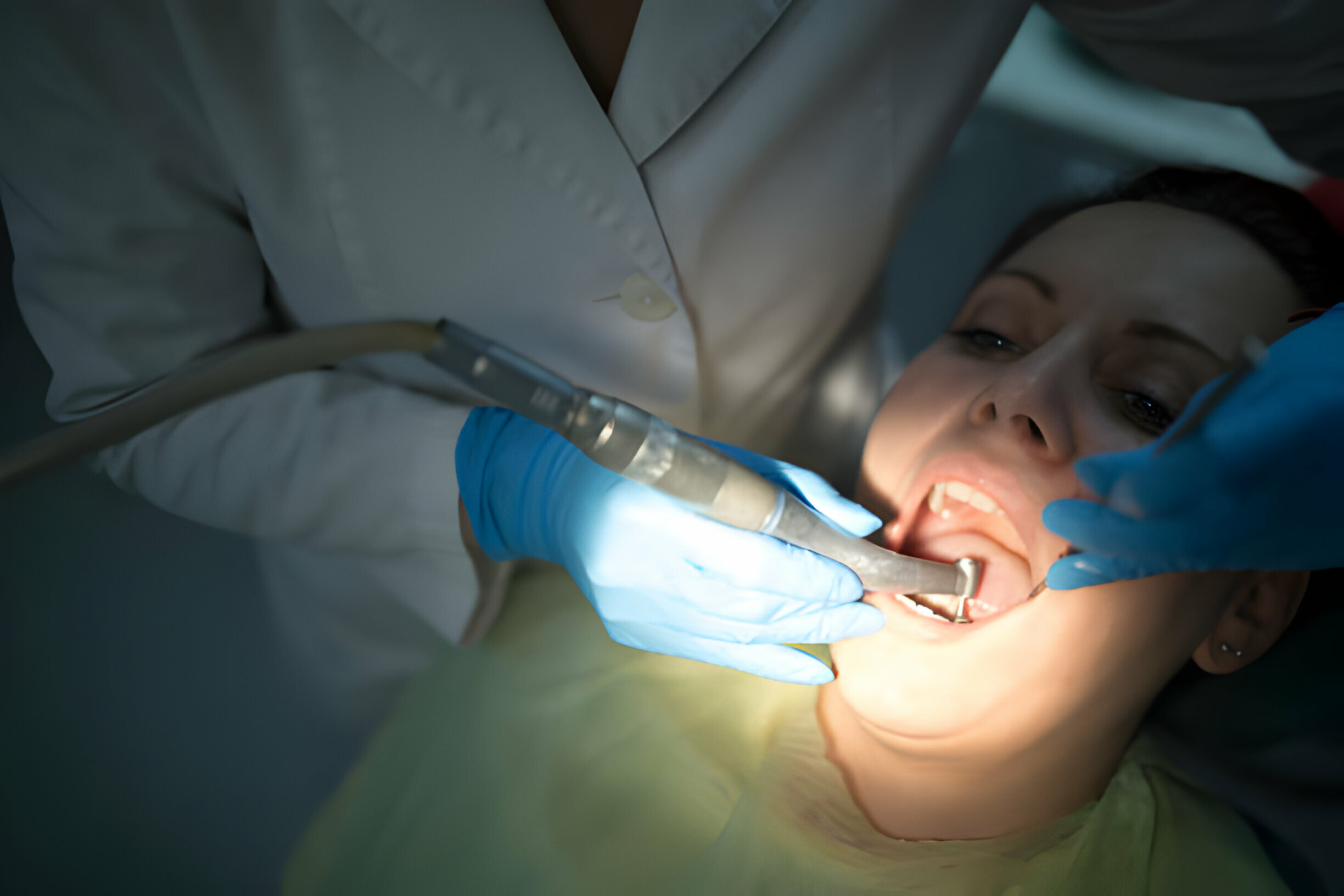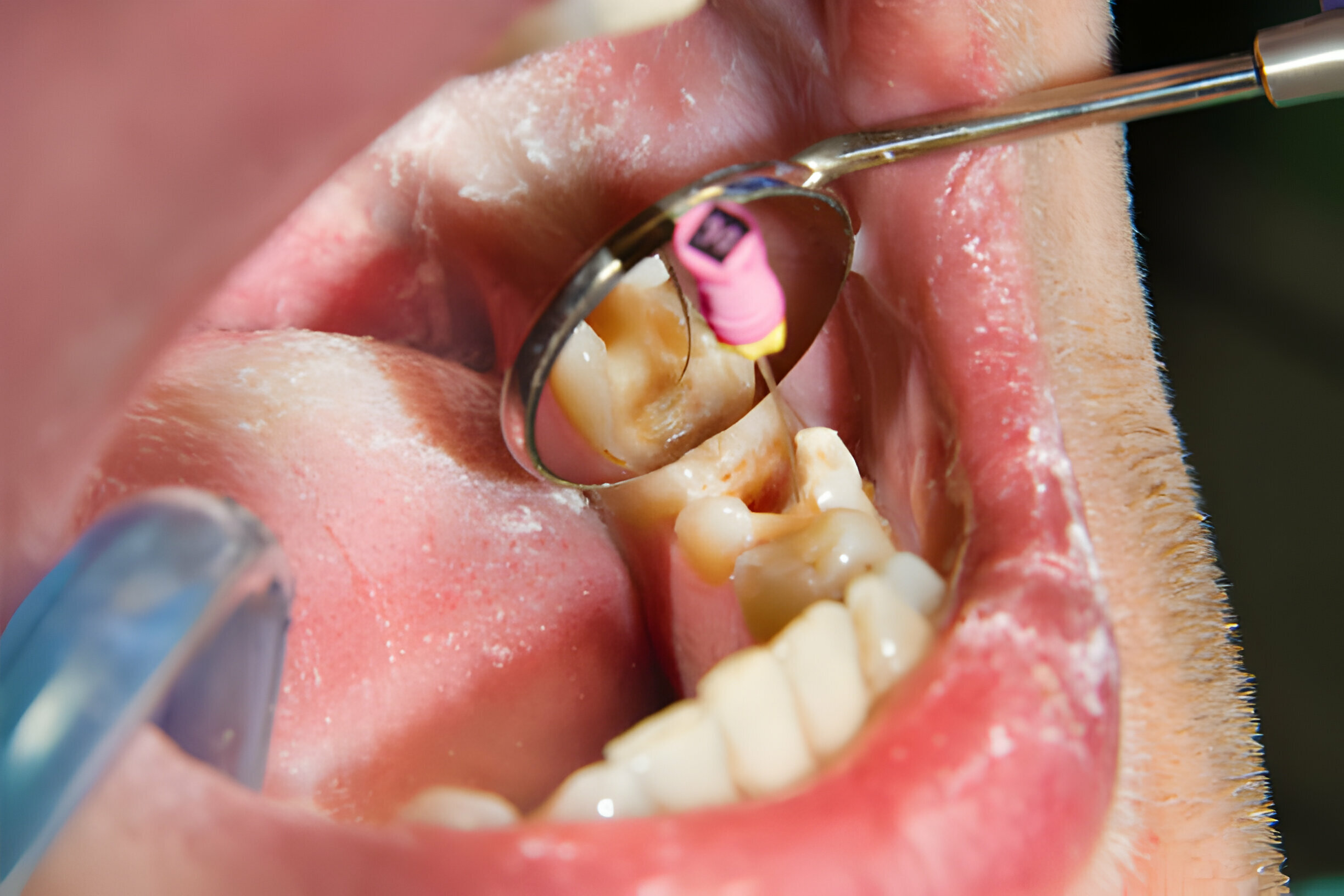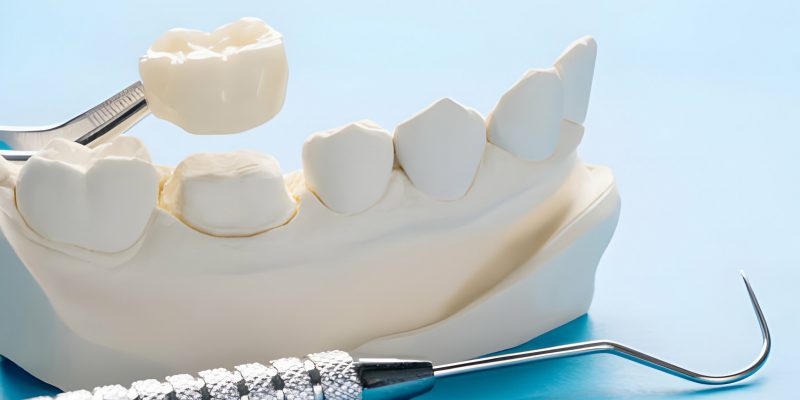Summary:
People undergo dental work for a variety of reasons!
Interestingly, their needs change throughout their lives. At one point, you may visit your dentist in Farmington, NM, for a few cavities. Next, it could be teeth whitening or some other cosmetic procedure.
Besides, you may also need to undergo a tooth extraction at one point.
Extraction is a standard procedure for individuals with infected teeth or needing to remove a few to help fit new veneers or a bridge. Whatever the reason, your dentist will suggest two different procedures for the extraction.

In this blog, we take a closer look at the two different procedures and learn more about tooth extraction via topics like:
- What is The Tooth Extraction Procedure About?
- Difference Between Simple Extraction and Surgical Extraction
- Aftercare Tips Following the Extraction of Your Tooth
- Is Your Tooth Qualified for An Extraction?
Continue reading as we learn more about teeth extraction in the following sections.
What is The Tooth Extraction Procedure About?
Tooth extraction is a dental treatment that removes one or more teeth from their sockets.
However, that’s not always the primary goal of your dentist!
Most dentists focus on retaining your original teeth. However, some situations demand teeth to be pulled out. Tooth extraction may be essential for various reasons, namely:
- Trauma
- Oral illness
- Crowding
- Other oral infections
However, the most common purpose is to remove wisdom teeth, which may need more complicated methods.
Difference Between Simple Extraction and Surgical Extraction
Based on your dental history and medical records, your dentist will decide whether to perform surgical or simple extraction for your cavity. Both options are unique and depend on your current oral condition.
Let’s have a clear insight into both these procedures in this section:
Simple Extraction
The simple extraction method is a common option for individuals with visible teeth not buried behind their gums. This straightforward procedure is performed by your dentist at their office, resulting in little to no substantial recovery time.
Steps Involved in Simple Extraction
The process generally involves removing your damaged tooth using an elevator and dental forceps that grab the tooth’s visible section. The elevator releases the tooth while the forceps hold it for extraction.
The tooth can then be moved back and forth until the periodontal ligament breaks, allowing the tooth to be retrieved from the alveolar bone. Although the surgery is not uncomfortable, you will experience significant pressure throughout the removal process.
This method for teeth extraction in Farmington, NM, is primarily performed using local anesthesia on the patient, numbing the area to prevent pain.

Surgical Extraction
Next, your dentist can suggest a simple extraction procedure to remove your teeth. It is mostly used for broken or decayed teeth that cannot be grabbed with forceps. In other cases, weak teeth would require such surgical intervention.
Interestingly, however, it’s not a straightforward procedure. It considers a tooth’s form, location, and size to ensure proper removal and recovery. Additionally, most patients undergoing the procedure tend to recover within 10 days of the procedure.
Steps Involved in Surgical Extraction
During the removal procedure, an incision is made into the connective tissue around the tooth to get access to it for extraction. During the extraction surgery, the soft tissues around the tooth may need to be removed, and a drill or osteotome may be used to remove portions of the nearby jawbones.
In most situations, the tooth must be fragmented into several pieces before it can be extracted. Because this type of extraction is more intrusive, it is frequently performed under general anesthesia. An oral maxillofacial surgeon often performs it, but some general dentists are also certified to perform it.
Note:
Surgical extractions often require more intensive aftercare in the days after surgery; thus, talk to your doctor about proper aftercare for your mouth to avoid a long healing time.
Aftercare Tips Following the Extraction of Your Tooth
-
Change the gauze pad
Following an extraction, the dental surgeon or dentist will place a thick layer of gauze over the extraction site. Biting down on the gauze with a slight but strong pressure will help contain the bleeding.
The gauze must be left on for at least 20 to 30 minutes. When the gauze becomes soaked in blood, the patient must change it. Mild bleeding may occur in the first and second days after extraction. This will stop after a blood clot develops.
-
Pain relievers
The numbness generated by the local anesthetic should last only a few hours following the extraction. If the numbness persists, see your dentist.
Following the extraction, you may feel some pain and discomfort. Follow your dentist’s directions while using any prescription pain medicines. These drugs can help you heal without causing discomfort, but they also carry specific hazards. Before prescribing pain medication, discuss the risks and benefits with your dentist.
-
Reduce inflammation
You’re likely to have mild swelling after the procedure. Apply fifteen-minute-long ice packs to your face for the first twenty-four hours following tooth extraction.
Placing ice packs helps reduce swelling of the extracted area. Following that, you can manage discomfort using heat treatment in the form of warm washcloths.
-
Eat healthily
Following tooth extraction, drink lots of liquids and eat soft, nutritious meals. In the meantime, try not to eat anything chewy or crunchy.
When chewing becomes more accessible, gradually reintroduce solid meals. The dentist will urge you to chew on the opposite side of the extraction site until it has fully healed. During healing, stick to soft meals like mashed potatoes, scrambled eggs, vegetables, blended soups, yogurt, mashed bananas, applesauce, and avocado.
-
Maintaining good oral hygiene
After 12 to 24 hours, you can resume your dental hygiene regimen, which includes gently washing your mouth with warm saltwater. However, refrain from brushing and flossing the extraction site.
During this period:
- Ensure you get enough rest.
- Avoid any intense activity that might dislodge the blood clot.
- Avoid rinsing. Use the suggested mouthwash or warm salt water for at least twenty-four hours after the surgery.
- Avoid drinking with straws. Air pressure might dislodge and damage the extraction site.
Remember to exercise caution when spitting. Any pressure applied to the extraction site may harm or disrupt the development of the blood clot.

Is Your Tooth Qualified for An Extraction?
The dental specialist will decide the type of dental extraction you require. Before making a decision, they will take the appropriate steps, such as taking a dental X-ray and inspecting your teeth and mouth.
However, there are times when a simple extraction requires surgical intervention. If a tooth breaks off during surgery, the dentist will treat it more comprehensively.
Several variables are evaluated while determining if you can undergo surgical extraction. The following include, but are not limited to:
- The tooth’s placement and position.
- The length and shape of a tooth root.
- The thickness of the bone around the afflicted tooth.
- Patient’s health status.
- Root canal procedures (which render roots fragile and prone to fracture).
In general, simple tooth extractions are preferred to surgical tooth extractions since they are easier to execute and have fewer complications. However, there is seldom a choice between the two operations; if the tooth is visible, simple tooth extraction is the most recommended route, whereas surgical extraction is the sole option for teeth that are not visible or easily accessible.
Takeaway
- Extraction is a standard procedure for individuals with infected teeth or needing to remove a few to help fit new veneers or a bridge.
- There are times when a simple extraction requires surgical intervention.
- Place ice packs on your face for fifteen minutes for the first twenty-four hours following tooth extraction.
- Still confused about the type of extraction you might undergo? Let’s clear your confusion with our experts at Four Corners today!

